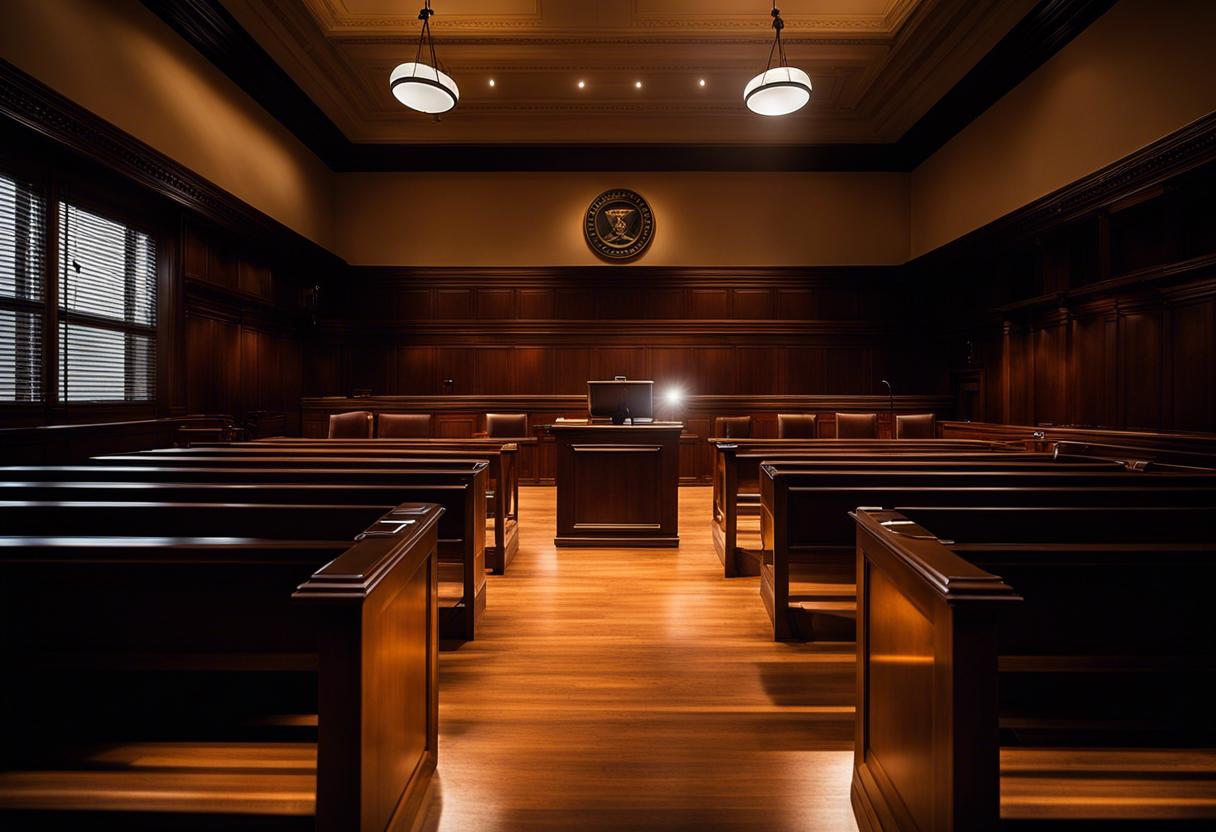Julian Assange, the founder of WikiLeaks, has been released from incarceration and is anticipated to admit guilt to one major US criminal charge, a development that could potentially conclude an international drama lasting many years, during which he’s been celebrated as a press freedom advocate and simultaneously seen as endangering national security.
Born in 1971 in Townsville, Queensland, Australia, Julian Assange developed a fascination with computers early in life. By the early 1990s, he was recognized as one of the top hackers in Australia. He launched WikiLeaks, an establishment for exposing secret data, in 2006, but it wasn’t until 2010 that he gained worldwide recognition for disseminating a set of leaks from Chelsea Manning, an ex-US infantryman. These leaks included a video displaying a 2007 US Apache helicopter attack in Baghdad, leading to the tragic death of eleven people, including two press members from Reuters.
Following the leaks, a criminal investigation was initiated by the US government, resulting in Manning’s prosecution and imprisonment. However, Manning’s sentence was shortened ultimately. WikiLeaks unveiled more than 250,000 classified US diplomatic correspondences in November 2010, some of which featured in The Guardian.
As the 2016 US presidential election approached, Assange was once again in the spotlight when WikiLeaks revealed emails obtained from Democratic party circles. US legal entities claimed the emails were appropriated by Russian spies as part of a scheme to disrupt the election for Donald Trump.
Assange’s exceptional revelations about US military misdeeds in Iraq and Afghanistan have made him a global hero to many. However, accusations of sexual assault have dented his image, charges he vehemently rejects.
So, why was Assange detained? In 2010, Assange had an arrest warrant in his name due to two distinct allegations of sexual assault in Sweden. When a UK court decided he might be extradited to Sweden, Assange took refuge in the Ecuadorian embassy, where he received political asylum. He feared the possibility of US extradition if he was sent to Sweden.
Assange took asylum in the embassy for nearly seven years, but during this period, Assange’s relationship with the Ecuadorian government soured. In 2019, Ecuador’s foreign minister alleged that Assange’s discourteous behaviour ranged from indoor skateboarding and playing football to mistreating and threatening the embassy staff.
In 2017, allegations against Assange raised by Swedish officials were dismissed, however, his UK arrest warrant for breaching bail conditions persisted. By 2019, Ecuador rescinded his asylum, permitting British law enforcement to get inside the embassy to apprehend him.
Following his eviction from the embassy, he was detained at the request of the US who sought his extradition. The US levelled 18 charges against him, asserting that he aided and abetted Manning in the theft of military documents. He potentially faced a prison term of up to 175 years if convicted.
[Julian Assange’s family entreats US to abandon lawsuit against WikiLeaks creator]
Why was he set free?
Over the last half-decade, Assange has been held in a high-security jail in south London, consistently denied bail due to concerns that he may abscond. Throughout his internment, his family and advocates report a deterioration in his physical and mental wellbeing.
In 2021, a British court ruled that Assange could be sent to the US, but he successfully secured the right to contest this verdict earlier this year.
In February, Australian legislators issued a mandate urging the US and UK administrations to permit Assange to come back to his home country. Then, in April, US president, Joe Biden, hinted at an Australian request to abandon the case against Assange.
Whilst the exact reasoning behind his recent release remains unknown, Assange’s relatives – including his mother – on Tuesday celebrated “quiet diplomacy” for the end of his “ordeal”, whilst his father expressed gratitude towards the Australian PM, Anthony Albanese.
What does the deal entail?
Assange is expected to admit guilt to a single charge under the Espionage Act in a federal court in the Northern Mariana Islands, a Western Pacific US commonwealth, relating to the unlawful procurement and distribution of classified national defence details. This is likely to result in the withdrawal of the extradition request and no additional charges being levied against him.
The hearing is set to be held in the Northern Mariana Islands due to Assange’s aversion to travelling to the US mainland and the court’s geographical closeness to Australia.
In mutually negotiated terms, the prosecution accepts a sentence of five years, although they acknowledge that the duration already completed in a UK jail will be subtracted from this. This implies that the individual is likely to be discharged post-sentencing. While the judge’s endorsement of the guilty plea is yet pending, if it happens, he’s projected to resume life in Australia following the sentencing.
In a Tuesday interview with Australian journalists, Assange’s dad, John Shipton expressed hopes of his son – Julian, enjoying a normal existence with his loved ones, particularly his spouse, Stella, as per reports by The Guardian and The Associated Press.

